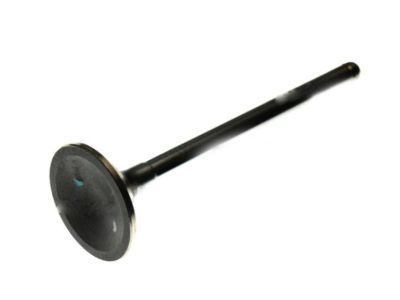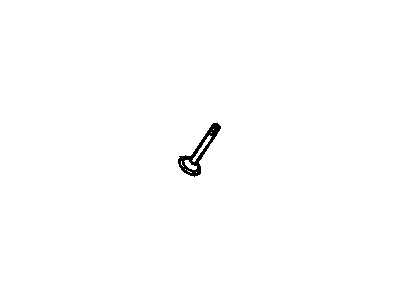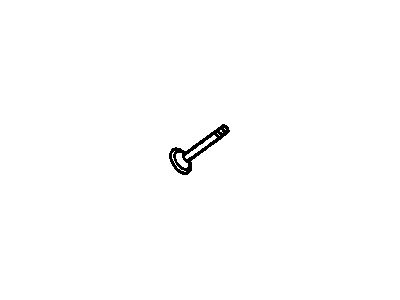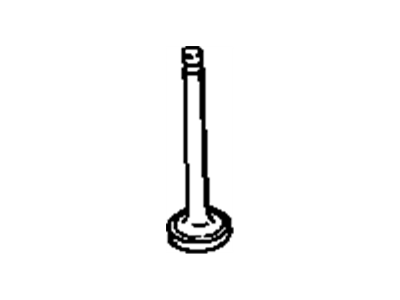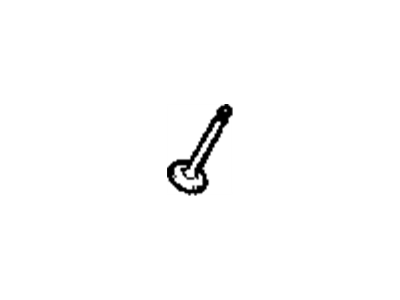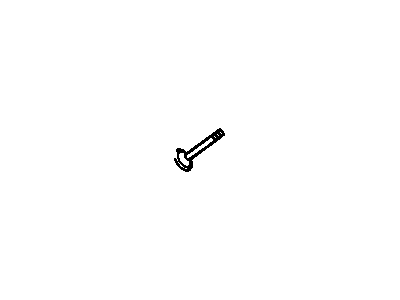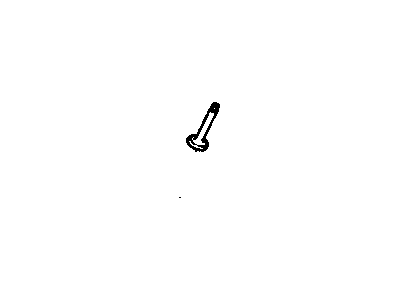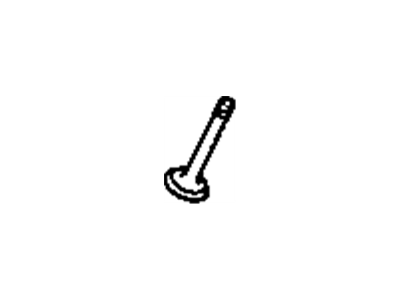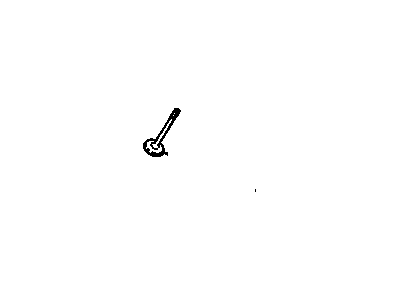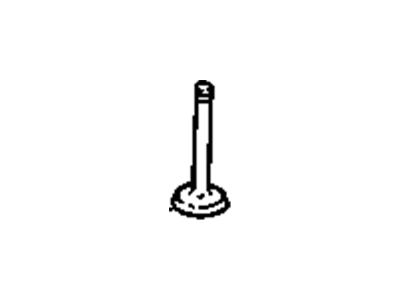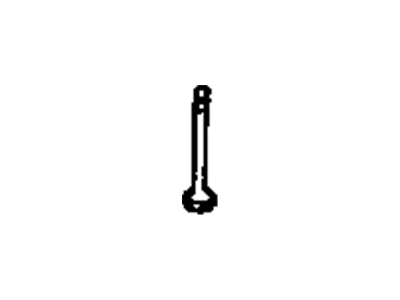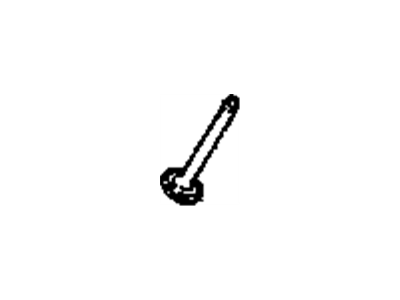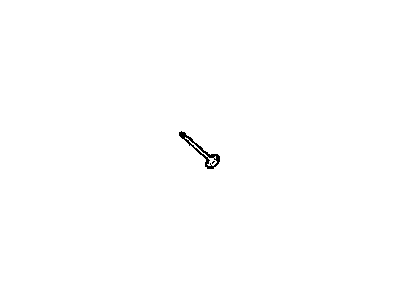
My Garage
My Account
Cart
Genuine Buick Century Exhaust Valve
Exhaust Muffler Valve- Select Vehicle by Model
- Select Vehicle by VIN
Select Vehicle by Model
orMake
Model
Year
Select Vehicle by VIN
For the most accurate results, select vehicle by your VIN (Vehicle Identification Number).
22 Exhaust Valves found
Buick Century Valve,Exhaust
Part Number: 10198817$13.05 MSRP: $25.79You Save: $12.74 (50%)Ships in 1-2 Business DaysBuick Century Valve, Exhaust(0.127Mm Oversize)
Part Number: 10206711$18.29 MSRP: $36.89You Save: $18.60 (51%)Buick Century Valve, Exhaust
Part Number: 10156071$5.22 MSRP: $41.70You Save: $36.48 (88%)Ships in 1-2 Business DaysBuick Century Valve, Exhaust
Part Number: 10044515$5.95 MSRP: $21.95You Save: $16.00 (73%)Ships in 1-2 Business Days
| Page 1 of 2 |Next >
1-20 of 22 Results
Buick Century Exhaust Valve
Exhaust Valve in Buick Century cars relates to the role of releasing the burnt out gases from the engine cylinder. Problems that may be caused by the injury of this component include low power output, poor acceleration, rough running and poor fuel economy. Exhaust Valves are widely used in the different models of Century cars produced in the past and the present as required and they can be of different design and operation style to full this important task. Sustaining proper functionality of the Exhaust Valve and performing a periodic check to them contributes significantly in the efficiency and durability of the engine system of a particular automobile.
Each OEM Buick Century Exhaust Valve we offer is competitively priced and comes with the assurance of the manufacturer's warranty for the part. Furthermore, we guarantee the speedy delivery of your orders right to your doorstep. Our hassle-free return policy is also in place for your peace of mind.
Buick Century Exhaust Valve Parts Questions & Experts Answers
- Q: What are the steps involved in Exhaust Valve and Intake Valve reconditioning procedures on Buick Century?A:Valve resurfacing involves a sequence of activities that are different for various engine types. First, remove the Cylinder Head and place it on a clean, well-lit work surface. Eliminate valve seals from intake valve guides and discard them. Get rid of the valves and number them for reinstallation purposes. Make sure to cleanse all carbon deposits from combustion chambers, piston crowns and valves with a soft wire brush being careful not to rasp against valve seats or faces. Using the right spring compressor for valves, compress the valve spring until it springs off its cap keys. Free it in order to get rid of this cap. Cleaning carbon and gum deposits out of valve guide bores may be done using Reamer J-8101. The pits or damages on the valve faces as well as seat require attention therefore reface them at 45° angle if necessary. When there is excessive clearance with either 0.006 or 0.010 reamers ,ream out valve guides lightly lap valves into seats with fine grinding compound , ensuring smooth and true surfaces Test each one using Prussian blue coated on the face of each other to see who is more concentrically aligned Remove burrs from stem ends, polish stems with crocus cloth, lubricate stems and guides with clean engine oil before putting back Install new intake seals (no exhaust seal needed). Use an installer to locate these seals above guides correctly Install such springs so that tightly wound coil is located next to cylinder head (on 8-350 exhale ones you can install any end up) Pressurize springs then return caps afterwards assembling cylinder heads again Start by taking off Rocker Arm nuts balls arms use a compressor for removing keepers caps other relevant pieces when dealing Chevrolet engines For Pontiac motors remove rocker arms employing a compressor which removes locks caps among others in addition to this Restore Oldsmobile engines have remover key oil seals followed by their respective valves New oil seals are put over stems by means of an appropriate tool for the purpose Narrow valve seats to specified width and if necessary ream out guide bores for oversize valves when reconditioning the valves as well as valve seats This might be carbon deposits narrowing or widening a valve seat stem height and clearance etcetera assess wear, damage or any other problems from different parts. Valving conditions require scrutinizing for various components such as wear, damages, problems and others that may arise hence follow manufacturer's guidelines on servicing valves Measure correctly the height of each stem after proper placement of keys by tapping it down. Take all valves' measurements to ensure correct stem heights, replacing those ones that went too short.
Related Buick Century Parts
Browse by Year
2005 Exhaust Valve 2004 Exhaust Valve 2003 Exhaust Valve 2002 Exhaust Valve 2001 Exhaust Valve 2000 Exhaust Valve 1999 Exhaust Valve 1998 Exhaust Valve 1997 Exhaust Valve 1996 Exhaust Valve 1995 Exhaust Valve 1994 Exhaust Valve 1993 Exhaust Valve 1992 Exhaust Valve 1991 Exhaust Valve 1990 Exhaust Valve 1989 Exhaust Valve 1988 Exhaust Valve 1987 Exhaust Valve 1986 Exhaust Valve 1985 Exhaust Valve 1984 Exhaust Valve 1983 Exhaust Valve 1982 Exhaust Valve
